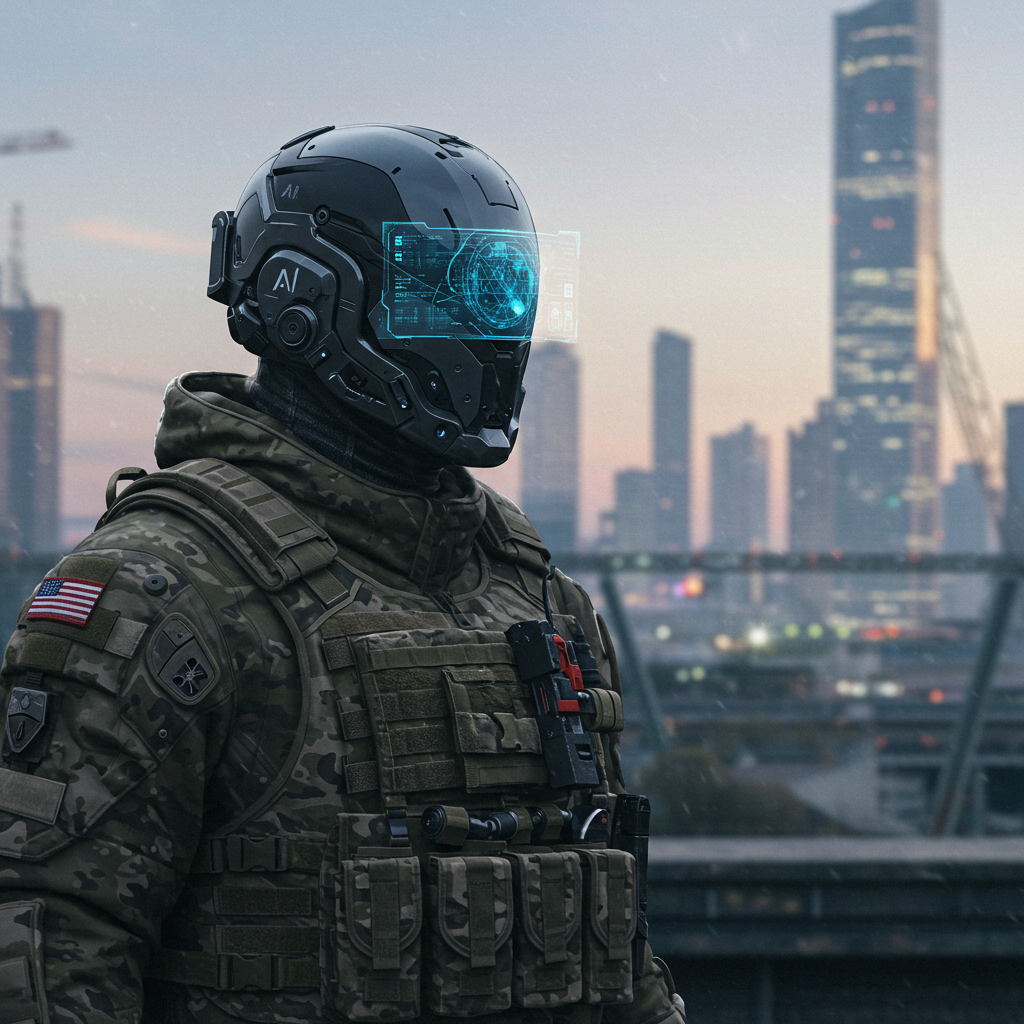Article Text
Seal Team 6. The name itself evokes images of shadowy figures executing high-stakes missions in the dead of night. While shrouded in secrecy, this elite unit, officially known as the Naval Special Warfare Development Group (DEVGRU), stands at the apex of the United States Special Operations Forces. It represents the Tier One counter-terrorism and special mission capability within the Navy SEALs, operating under the Joint Special Operations Command (JSOC).
The Origins of Seal Team 6: Forged from Failure
The genesis of Seal Team 6 lies in the aftermath of Operation Eagle Claw, the failed 1980 attempt to rescue American hostages in Iran. The operation highlighted deficiencies in US special operations coordination and capabilities. Recognizing the need for a dedicated, full-time maritime counter-terrorism unit, Navy Commander Richard Marcinko was tasked with its creation.
Marcinko famously named the unit "Seal Team 6" partly to confuse Soviet intelligence about the actual number of SEAL teams operational at the time (there were only two). He rapidly recruited talented operators from existing SEAL teams and subjected them to an intense, non-stop training regimen, establishing the foundations for the unit's legendary status.
Evolving into DEVGRU: Mission and Capabilities
While initially focused purely on maritime counter-terrorism, the unit's mission set rapidly expanded. In 1987, Seal Team 6 was officially disbanded and immediately reformed as the Naval Special Warfare Development Group (DEVGRU). This wasn't just a name change; it reflected a broader mandate encompassing:
Counter-Terrorism (CT): The core function, involving direct action against terrorist cells globally.
Hostage Rescue (HR): Specializing in complex hostage situations, both domestic and international, often in maritime environments.
Direct Action (DA): Short-duration strikes and small-scale offensive actions, such as raids, ambushes, and sabotage.
Special Reconnaissance (SR): Operating deep behind enemy lines to gather critical intelligence.
Close Protection: Providing security for high-risk individuals in hostile environments.
Testing and Development: Evaluating and developing new naval special warfare tactics, techniques, procedures (TTPs), and equipment – hence the "Development Group" name.
As a component of JSOC, DEVGRU works alongside other Tier One units like the Army's Delta Force, undertaking the nation's most sensitive and dangerous missions.
Grueling Selection and Training: The Path to Tier One
Becoming a member of DEVGRU is arguably one of the most challenging paths in the US military. Candidates are not recruited off the street; they must already be highly experienced Navy SEALs, typically with multiple combat deployments.
Potential candidates undergo a rigorous screening and selection process often referred to as "Green Team." This phase tests not only their physical prowess and advanced SEAL skills but also their mental fortitude, problem-solving abilities under extreme stress, and psychological suitability for Tier One operations. The attrition rate is exceptionally high.
Those who pass Green Team enter a demanding Operator Training Course (OTC) and then integrate into one of DEVGRU's tactical squadrons (often referred to by colors: Red, Blue, Gold, Silver, etc.). Training is relentless, continuous, and focuses on advanced skills like close-quarters combat (CQB), expert marksmanship, HALO/HAHO parachuting, advanced diving/submersible operations, espionage techniques, and specialized breaching methods.
Notable Operations: A Glimpse Through the Secrecy
By its very nature, the vast majority of DEVGRU operations remain classified. However, some missions have entered the public domain, often due to their high-profile nature:
Operation Neptune Spear (2011): Undoubtedly the most famous DEVGRU operation, resulting in the death of Osama bin Laden in Abbottabad, Pakistan.
Rescue of Captain Richard Phillips (2009): Operators parachuted into the Indian Ocean and neutralized Somali pirates holding the Maersk Alabama captain hostage.
Numerous Operations in Iraq and Afghanistan: DEVGRU played a significant role in targeting high-value individuals (HVIs) and disrupting insurgent networks throughout both conflicts.
Hostage Rescues in various global hotspots.
It's crucial to remember that these public accounts represent only a tiny fraction of the missions undertaken by the unit over its decades of existence.
Seal Team 6 vs. DEVGRU: Understanding the Name
While the official designation is DEVGRU, the name "Seal Team 6" persists strongly in public consciousness and media reporting. For many, it remains synonymous with the Navy's most elite special operators. Functionally, DEVGRU is the direct successor and evolution of the original Seal Team 6, carrying forward its legacy and expanding its capabilities far beyond the initial concept.
Conclusion: The Quiet Professionals
The Naval Special Warfare Development Group (DEVGRU), often still called Seal Team 6, represents the pinnacle of maritime special operations. Its operators are selected from the best, trained to an unmatched standard, and tasked with missions of critical national importance, often conducted in extreme secrecy. While shrouded in mystique, DEVGRU's role as a vital instrument of US national security, operating at the sharpest edge of counter-terrorism and special warfare, is undeniable. They remain the "quiet professionals," executing high-risk tasks far from the public eye.
Files
There are no files available.

